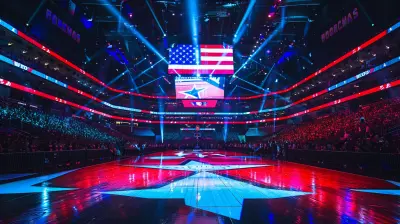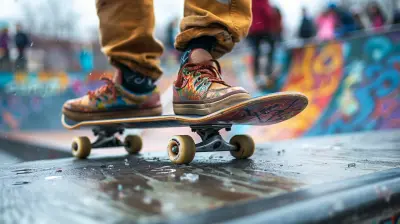The Rise of Extreme Canoe and Kayak Racing
8 November 2025
When you think of canoeing or kayaking, what comes to mind? Leisurely paddling across a calm lake on a sunny afternoon? Maybe a peaceful moment in the middle of nature? Well, think again. Extreme canoe and kayak racing has flipped that serene image upside down. We're talking heart-pounding rapids, hair-trigger reflexes, and athletes pushing their limits in the most intense water battles imaginable.
Over the last few years, extreme canoe and kayak racing has exploded in popularity. This adrenaline-fueled sport is no longer reserved for a niche group of thrill-seekers — it’s entered the mainstream, and it’s making waves (literally and figuratively) worldwide.
So, buckle up (or should we say, grab your paddle) and let’s dive headfirst into the wild world of extreme canoe and kayak racing.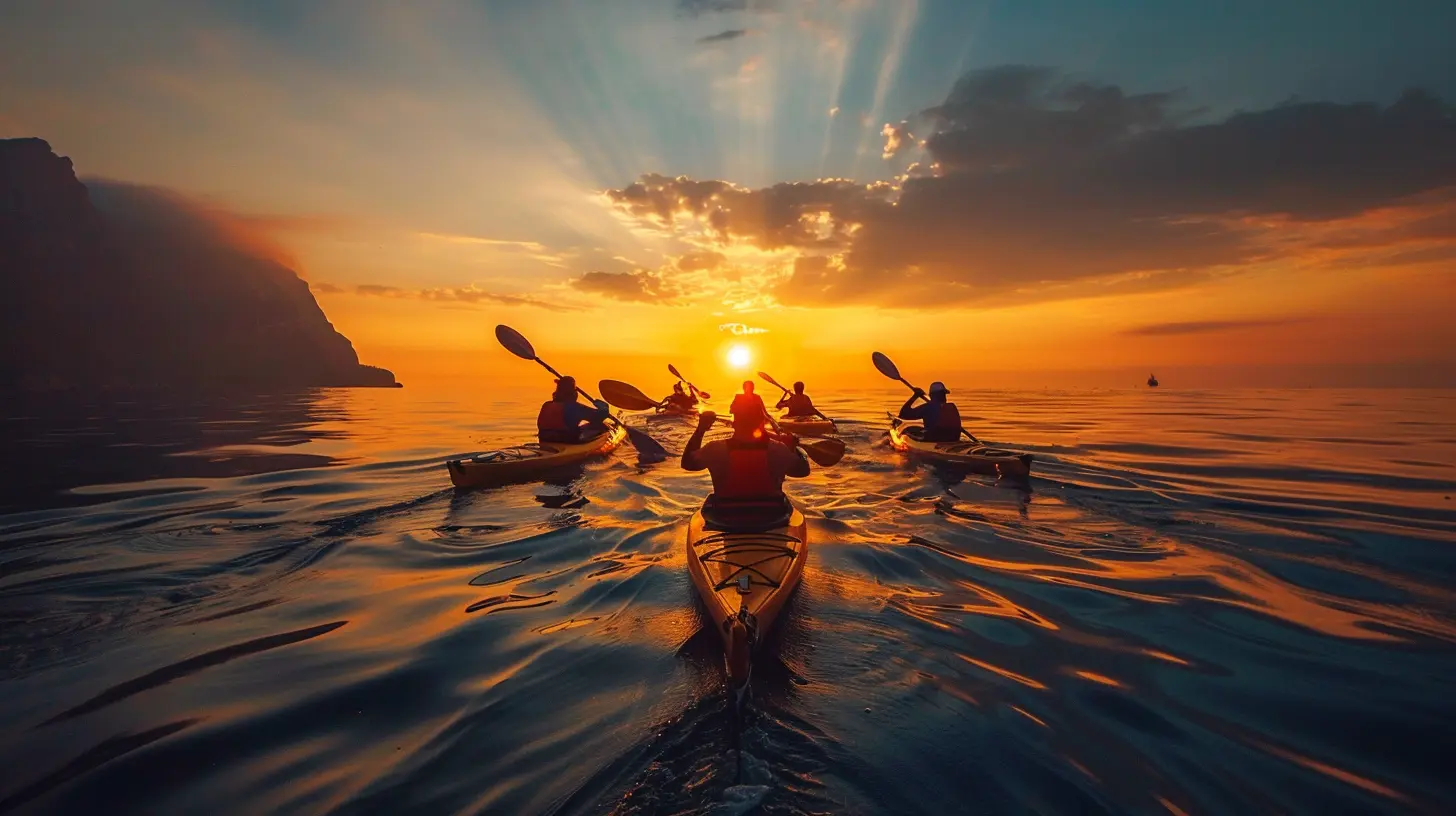
What’s the Deal With Extreme Canoe and Kayak Racing?
Alright, first things first. What exactly makes these races “extreme”?Unlike traditional races which often take place on flatwater or mild rivers, extreme races throw racers headfirst into turbulent whitewater, waterfalls, narrow canyons, and technical courses filled with natural and man-made obstacles. It’s like combining downhill mountain biking with river warfare. Fast, fierce, and unforgiving.
The Evolution From Recreation to Extreme Competition
Canoeing and kayaking have been around for centuries. Originally, these methods of transportation were used by Indigenous peoples for hunting and navigating waterways. Over time, they became popular recreational sports. But as with pretty much everything, some bold adventurers decided that calm paddling wasn’t enough.Enter the daredevils.
These athletes began challenging themselves on rougher and rougher waters, often venturing into Class IV and Class V rapids that leave no room for error. What started as a wild weekend activity evolved into organized competitions — and eventually, a full-blown sport known today as extreme canoe and kayak racing.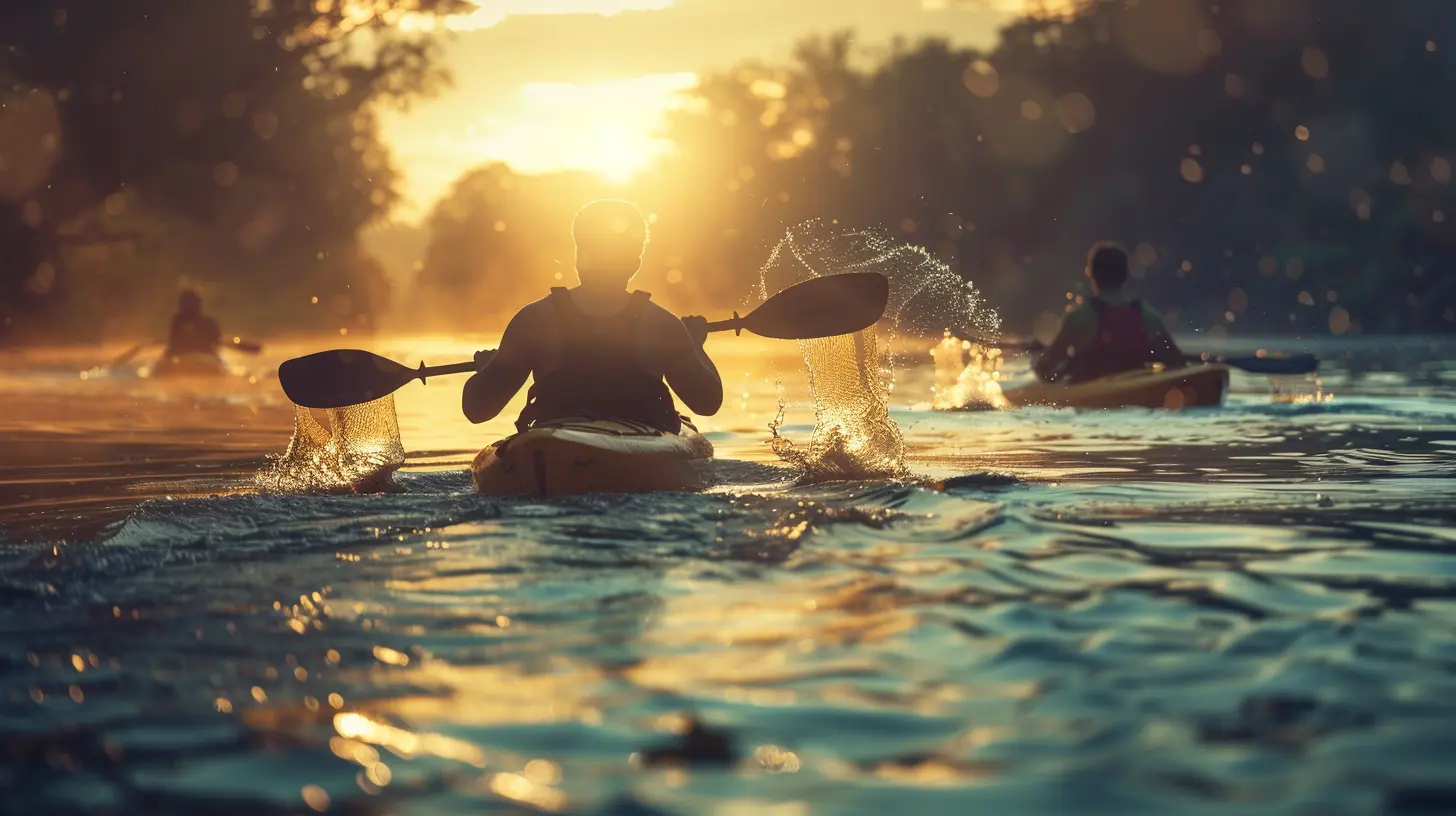
Different Styles of Extreme Paddling Races
Not all extreme kayak or canoe races look the same. Let’s break down the kinds of events you’ll see in this high-octane sport:1. Downriver Racing
Think of this as the sprinter's version — but on steroids and slippery rocks. It’s all about speed and control over a wild stretch of river. Racers are timed individually as they plummet through treacherous rapids, and the fastest time wins.2. Boatercross
Now this is madness. Picture four (sometimes more) racers launching off a ramp and crashing down a twisting course at the same time — with limited space, crashing boats, and high stakes. It’s like Nascar, but wetter and way less predictable.3. Slalom on Steroids
This one's a nod to Olympic-style slalom racing, but dialed up to an 11. Racers must navigate a series of gates through a whitewater course, only the currents are meaner and the stakes are higher.4. Waterfall Runs
Yes, you heard that right. Some races include plunging off actual waterfalls — safely, of course, but no less terrifying. These showcase gravity-defying skill and steel nerves.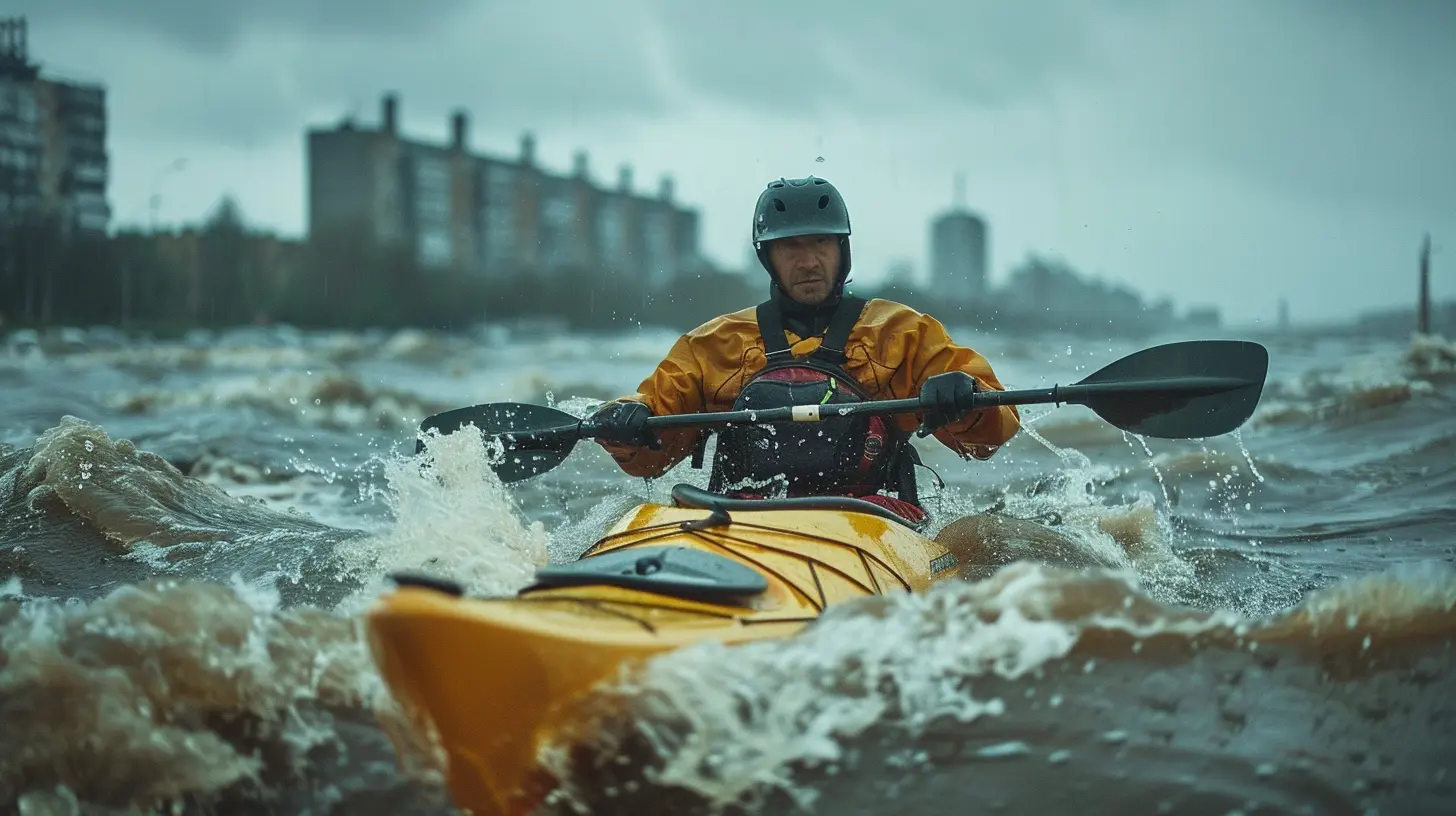
The Gear: More Than Just a Paddle and a Helmet
When it comes to extreme canoe and kayak racing, gear isn’t just important — it’s life-saving.Kayaks and Canoes
These aren’t your average plastic shells. Extreme racing boats are built for speed, control, and durability. Most are made from tough but lightweight composite materials, giving racers the agility to zigzag through chaos. They're shorter, sleeker, and look more like a Formula 1 car than a boat.Paddles
Lightweight and often carbon-fiber, these paddles are designed to slice through water like a knife through butter. Precision is key, and the paddle can make or break your performance.Safety Gear
Helmets, life jackets (PFDs), wetsuits or drysuits, and sometimes even body armor are standard issue. After all, rocks don’t care how fast you're going.
Why Has Extreme Canoe and Kayak Racing Become So Popular?
So what’s driving the surge in popularity? Here are a few reasons:1. Social Media Has Supercharged Exposure
It’s hard to scroll through Instagram or TikTok without seeing someone drop a 30-foot waterfall in a brightly colored kayak with pumping music in the background. The visual appeal is undeniable. Extreme racing is cinematic, and social media has pushed it into the spotlight.2. A Thirst for Adventure
Let’s face it, modern life can be a bit… boring. Sitting behind desks all day doesn’t exactly spark the soul. People are craving connection with nature, adrenaline, and something real. Extreme kayaking hits all three — it’s nature’s ultimate theme park ride.3. More Events and Sponsorships
Top brands are getting in on the action. Red Bull, GoPro, and other adventure-focused companies are sponsoring events, athletes, and even entire tours. This means more races, bigger prize money, and more visibility.4. Inclusivity and Accessibility
While the sport is undoubtedly extreme, entry-level whitewater racing is more accessible than ever. Paddle schools, rental companies, and beginner-friendly rivers have created a natural pipeline to the more intense levels.Meet the Athletes: Modern-Day River Gladiators
These athletes aren’t just strong — they’re tactical, fearless, and incredibly skilled. Many train year-round, following rivers across continents to chase the perfect run. Some go from frozen creeks in the Rockies to raging torrents in the Himalayas.Their dedication is otherworldly. They study river maps the way quarterbacks study playbooks. One slip-up can mean crashing into rocks or, worse, flipping and being trapped in the current. These racers live life on the edge — literally.
The Wildest Races in the World
Let’s take a quick world tour of the craziest (and coolest) extreme canoe and kayak races out there:1. Green Race (North Carolina, USA)
Dubbed the “Super Bowl of Extreme Kayaking,” the Green Race is legendary. Racers tackle the ferocious Green River Narrows, navigating Class V rapids with names like "Go Left and Die." Sound inviting?2. Sickline Extreme Kayak World Championships (Austria)
Held on the Ötztaler Ache river, this race features freezing waters, razor-sharp rocks, and elite paddlers from around the globe. The name says it all — only the sickest lines make the cut.3. Whitewater Grand Prix (Canada)
This mammoth event spans multiple disciplines over several rivers in Quebec. It’s invite-only and showcases the best paddlers on Earth, battling it out over raging big-water courses.4. Adidas Sickline (Austria)
Backed by major sponsors, this is a combination of technical skills, speed, and raw courage. It’s not for the faint-hearted but is a fan favorite on YouTube.The Future of Extreme Paddling Sports
Let’s just say — the future looks wet, wild, and wickedly fun.Thanks to technology, better training methods, and growing global recognition, extreme canoe and kayak racing is poised to climb even higher in the adventure sports hierarchy. More young athletes are entering the scene, bringing fresh energy and creativity.
We’re also seeing virtual reality training tools, drone footage for analysis, and more inclusive race formats popping up. Some organizers are even pushing for extreme kayak events to be added to future Olympic Games. How cool would that be?
Tips If You Want to Get Started
Feeling the itch? Here’s what you need to know before you hop into a boat and chase Class V rapids:Start Small
Begin with a calm lake or gentle river. Learn the basics — paddling, bracing, rolling. Mastering technique is crucial before racing downstream like a rocket.Take a Course
Find a whitewater kayaking school. Proper instruction can save your life and fast-track your skills.Rent Gear First
No need to drop big bucks right away. Test out different boats and gear to figure out what suits your style.Join a Community
There’s strength in numbers. Hook up with local paddling clubs, attend meetups, and maybe even volunteer at a race to get a taste of the action from the sidelines.Final Thoughts
Extreme canoe and kayak racing is more than just fast paddling. It’s a high-stakes dance with nature — a sport that tests your mental grit, physical endurance, and ability to adapt when everything goes sideways in a matter of seconds.It’s not just rising in popularity — it’s soaring, sweeping up new fans and athletes along the way. Whether you're an adrenaline junkie, a water lover, or just someone looking for a new kind of thrill, this sport brings it all. Who knows? Maybe your next great adventure is just a river bend away.
all images in this post were generated using AI tools
Category:
Extreme SportsAuthor:

Uziel Franco
Discussion
rate this article
1 comments
Zaylee McManus
Extreme canoe and kayak racing is redefining adventure! With adrenaline-pumping challenges and breathtaking landscapes, it's a thrilling testament to human endurance and passion. Paddle on and embrace the wild! 🌊🚣♂️
November 10, 2025 at 1:15 PM

Uziel Franco
Absolutely! Extreme canoe and kayak racing truly embodies the spirit of adventure, pushing boundaries and showcasing the incredible connection between humans and nature. Let’s keep exploring! 🌊🚣♂️
